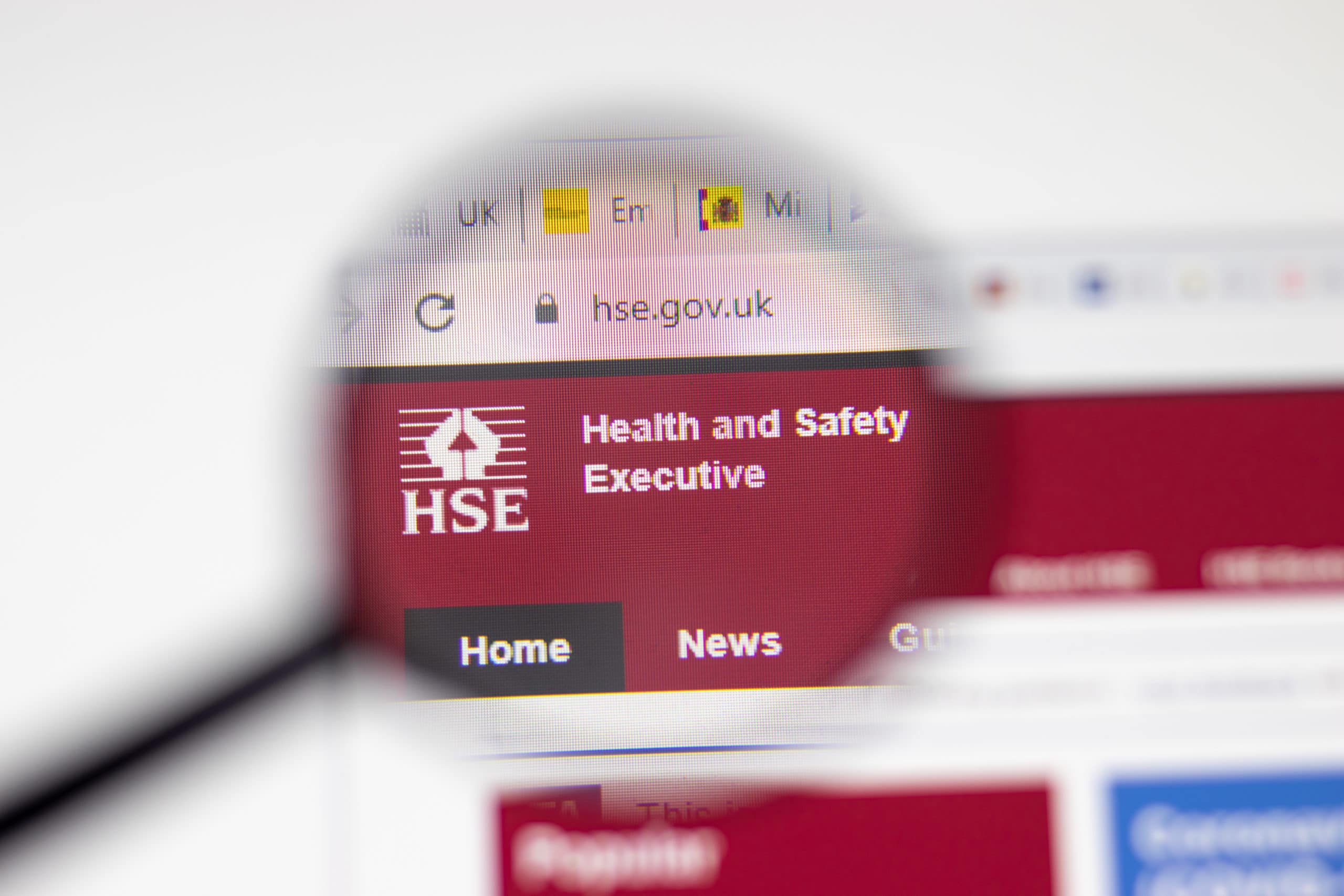
Who is responsible for the health and safety file?
In 1994, the Construction Design and Management (CDM) regulations added another legislative string to its bow: the health and safety file. The health and safety file is a powerful tool that, when properly employed, can protect those working on construction projects.
The health and safety file is a legal requirement. But who does it protect, who looks after it, and what should or shouldn’t it include?
Ownership and responsibility
Since its introduction by the CDM, the health and safety file has been prepared by the principal designer. It is only required for projects that involve at least two contractors. Therefore, any projects involving less than two contractors do not require a health and safety file.
The principal designer must prepare a file that anticipates the needs of the project and which ensures the safety of those involved. It is also their duty to review and update it in line with any changes that might be implemented.
But the principal contractor also has a duty of care. They must provide the principal designer with key information for the health and safety file – as must other designers working on the project.
The purpose of the file
The health and safety file protects anyone working on a future construction project. Only information relevant to safeguarding the wellbeing of those working on-site should be included.
Overall, the file ensures appropriate arrangements are made in respect of planning, control, organising, monitoring, and reviewing – so that contractors are not put at risk while conducting their duties on-site.
The measures described form part of the HSE’s Management of Health and Safety at Work Regulations 1999, Regulation 4, and are a legal requirement.
What goes in the file?
- Information about cleaning or maintenance equipment
- A short overview of the work required
- Descriptions of any remaining hazards
- The location of important services
- Any hazardous materials used
- Plans of the building
What doesn’t go in?
- Risk assessments (i.e, COSHH) used during the project
- Details about contractors and designers
- Data relating to demolished structures
- Statistics about construction accidents
- Information duplicated elsewhere
- Contractual documentation
The above points aren’t exhaustive and are intended for guidance only. Visit the HSE’s website for further information.
The role of the principal contractor versus the subcontractor
Everyone is responsible to some degree for health and safety when working on a construction project – although the level of responsibility will shift depending on the seniority and role of the person in question.
Therefore, although principal contractors and subcontractors have different responsibilities, each worker is classed as a person conducting business or undertaking (PCBU). As a general rule, responsibility is proportionate to how much influence and control a person has.
The principal contractor also has a duty of care. They must provide the principal designer with key information for the health and safety file.
Principal Contractors
The principal contractor plays an integral role during the initial health and safety phase of a project. It is their responsibility to liaise with the Principal Designer to obtain key data to create a Construction Phase Plan, for example.
It is down to the principal contractor – in line with CDM2025 regulation 13 – to plan, coordinate, and monitor work during its vital early stages. Afterwards, they revert to becoming a normal contractor and must fulfil their job duties accordingly.
Subcontractors
A subcontractor might be a specialist hired to fit electrics or lay screed floors. When performing their role, there will be an element of risk – both to them and those around them. .
The subcontractor will:
- Need to talk to the principal contractor before starting work to learn what the job will entail and discuss potential risks
- Have to fill out a Site Specific Health and Safety Agreement, Site Job/Hazard Register, and Hazardous Products and Substances Register
The three different types of subcontractors on a project
Domestic
It is the responsibility of the principal contractor to appoint the domestic sub-contractor.
Nominated
In this instance, it is the client that will make the selection. They will also agree on a price with the nominated sub-contractor – after which they will tell the principal contractor (as per the previous process) to appoint them.
Named
This is someone selected from a list of pre-vetted sub-contractors drawn up by the client.
Responsibilities of the subcontractor at the end of the project
The main responsibility of the subcontractor at the end of a project is to provide operations and maintenance data.
This would include providing information for documents like:
- The scope of work – a file that functions as a log and agreement of the products and services to be delivered as part of the project.
- Important attachments – including, but not limited to, certificates, test results, and any built drawings.
- Manufacturer schedules, incorporating user guides and technical datasheets.
Cloud-Based Solutions
Pulling together information for this many documents will be time-consuming for the sub-contractor if they’re following a manual process. Using a cloud-based digital O&M template instead will save them time, money, and stress – now and for any future projects they work on.
With Dokkit:
- Values only need to be added once (the system will pull data through in future iterations)
- You can create templates for specific types of documents – including health and safety files, handover documents, and user guides.
- Customer or stock data can be imported before project kick-off.
As if that wasn’t enough, you can even brand your documents – which will impress your clients and make them more likely to work with you in the future.
Learn more
To find out how Dokkit could save your construction business time and money – or to book a free demo – contact our friendly team.
Categories
Dokkit provides businesses in the construction sector with a cloud-based, digital O&M manual template system. Fast, easy and affordable.





